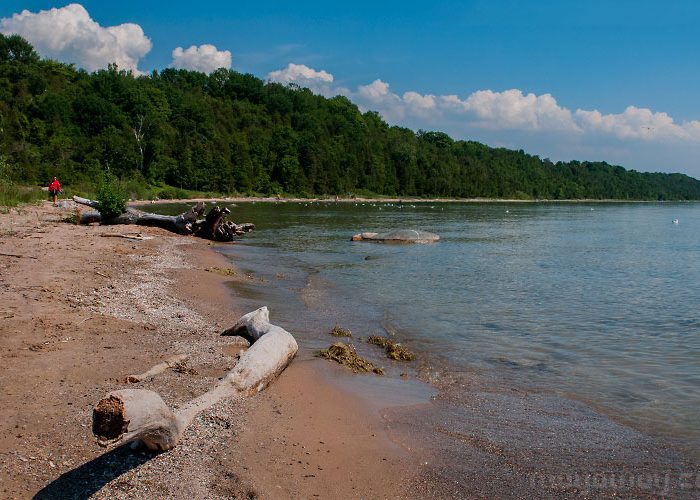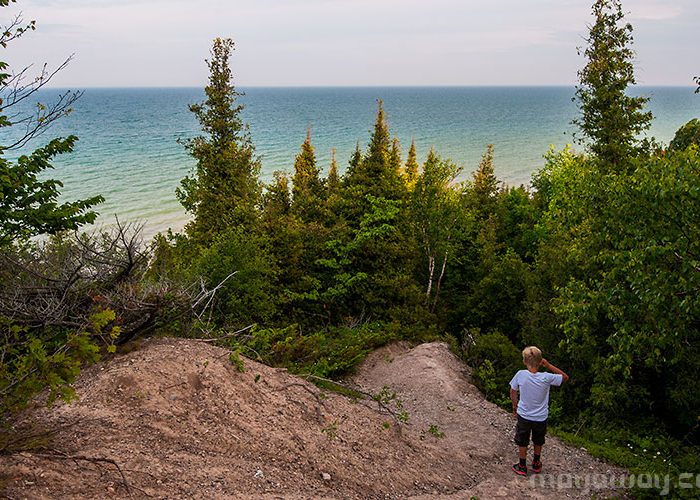Point Farm Provincial Park is once the site of a popular Victorian resort, this park north of Goderich is perched on a bluff and offers spectacular views of the blue water and beautiful sunsets of Lake Huron.
Lake Huron was originally called La Mer Douce or “the freshwater sea” by French explorers.
It was later named after the Huron people who lived along its shores.
The Great Lakes were formed after massive, mile-deep glaciers descended from the north more than 13,000 years ago, carving deep gorges into the rock and earth and then filling them with water as the ice retreated. Lake Huron has looked very different over the millennia.
For example. Between 11,000 and 9,000 years ago, a lake known as Glacial Lake Stanley existed in the area of modern Lake Huron with water levels that were more than 300 feet lower than the lake’s current elevation.
It will certainly be interesting to explore the lake bed one day, where many surprises of ancient settlement are sure to be hidden. Because time destroys rocks very slowly, especially when they are hidden from people.
O’Shea and researcher Guy Meadows at Michigan Technological University published a research paper in June 2009 entitled, “Evidence for early hunters beneath the Great Lakes,” where they took an acoustic and video look of the now-submerged Alpena-Amberley ridge area in Lake Huron.
They found what they were looking for: rocks in linear patterns that O’Shea believes were used to drive and channel caribou, and evidence of hunting blinds. (O’Shea)
















